The 7 Best Sci-Fi Movies That Are Underrated
All great sci-fi Movies.are ahead of their time and filmmakers brilliantly imagine the future in those movies. But they can’t expect the future of their productions at the box office. Indeed, this movie genre can be easily failed before people come to theaters. Why do the best sci-fi films tend to flop at the box office? They're a bunch of reasons, inducing bad timing or botched marketing. But the main reason maybe they are too inventive for viewers to fully appreciate at the time of their premiere. Blade Runner, for instance, received a lot of bad reviews from critics as it was released in 1982, and the audiences just didn’t show up. But over time, thanks to repeat watching on multiple screens, it became largely regarded as one of the greatest sci-fi movies of all time.
Sadly, not all great flicks have a second chance at the box office, even when time has passed for a really long time. A lot of the best sci-fi movies are still underrated, whether due to the bad reputation they had at the time of their release or because of the lack of attention to running a movie campaign. Below are the 7 most underrated sci-fi movies that failed right at the box office. Which is the most underappreciated one? Let us know in the comment section below!
With its perilous diving scenes, leaking submarines, and underwater aliens, the film scratched the right spot for Cameron's underwater itch and required significant technological innovation to satisfy the need for philanthropy. But by all accounts, it was a hell of a movie to shoot. The cast, led by Ed Harris and Mary Elizabeth Mastrantonio, was forced to spend most of the production on a 7 million-gallon water tank. Ed Harris nearly drowned, and both he and Mastrantonio avoid talking about the film to this day. The difficult production went behind schedule and the budget skyrocketed from $33 million to $43 million. Despite its groundbreaking special effects and breathtaking underwater scenes, the film failed at the box office, grossing $54 million domestically. Critics marveled at the technical achievements but denounced it as an "overdone" and "spectacularly silly" film with an absurd ending. It also suffers from time. Two other underwater monster movies, Leviathan and DeepStar Six opened to critical reception and box office revenue earlier that year, boring audiences with the genre. The Abyss remains one of Cameron's lesser-known works, although underwater cinematography is still a discovery 30 years later. The performances are also outstanding, with Harris and Mastrantonio's depiction of a tumultuous marriage both suspenseful and impactful as the perilous drama revolves around them.
Dark City is set in an unknown time and follows John Murdoch (Rufus Sewell), who awakens in an unfamiliar hotel bathroom with no memory and a dead woman in the bedroom. When he is pursued by tall, shadowy strangers who appear to control the world around them without anyone noticing but Murdoch, he begins to question the nature of reality. When the film was released, critics immediately drew parallels to other films. Dark City is a tribute to classic cinema, with influences ranging from 1927's Metropolis to the manga series Akira and Ridley Scott's Blade Runner. Some reviewers found it incriminating, but famed critic Roger Ebert called it "a triumph" and included it on his list of "Great Movies." Due to poor test screenings, the studio cut scenes and added an infamous voiceover in the opening seconds, which spoiled the plot. According to Proyas, the film "fell through the cracks" as the studio struggled to market it. With a $27 million budget, it only made $5 million in its first weekend.
Dark City was cited as an influence for Christopher Nolan's Inception, but the film remains underappreciated. While many critics scoff at the obvious parallels to classic films, the sheer volume of references creates a distinct style all its own. This style also serves a narrative purpose, which is revealed in the final act, demonstrating how production design can be used to serve the plot to stunning effect. However, the film's themes of reality, memory, and the essence of the human soul continue to resonate decades later.
From the beginning of production, the film was plagued by setbacks. When James Cameron's Titanic was delayed, Paramount paid director Paul WS Anderson $60 million and gave him creative freedom to get the film out as soon as possible. His decision to make a sci-fi film that was more reminiscent of The Shining than 2001: A Space Odyssey did not sit well with test audiences, who were so disturbed by the first cut of the film that Anderson had to cut a significant number of scenes. The resulting edit was panned by audiences and critics, who were confused by the genre-bending sci-fi/horror plot and the derivative storyline (it was heavily influenced by films such as 1972's Solaris). Event Horizon grossed only $26 million at the box office, a crushing failure for Paramount.
However, Event Horizon has found new life in the 15 years since its initial release. It is now regarded as an innovative contribution to the genre, thanks to its stunning set design based on Notre Dame Cathedral and committed performances by Laurence Fishburne and Sam Neill. Even its tonal inconsistency is praised, with the film's abrupt third-act transition from cerebral sci-fi thriller to all-out gore-fest remaining one of the most disturbing and visceral depictions of hell depicted on film.
Based on Robert Louis Stevenson's 1883 novel Treasure Island, the film follows wayward teen Jim Hawkins (Joseph Gordon-Levitt), whose desire for adventure is finally realized when he receives a map of the mythical Treasure Planet. The quest takes him through space with a group of friends that includes a feline ship captain (Emma Thompson), the ship's cook (Brian Murray), and a canine astronomer (David Hyde Pierce). Critics, accustomed to a string of Disney classics, were warm but not effusive, noting that it was a mediocre version of a tired formula. Pixar had already demonstrated the potential of 3D animation in Toy Story and Monsters, Inc., making the familiar 2D Disney style (Treasure Planet combined both 2D and 3D animation) look out of date. The film also coincides with the release of Harry Potter and the Chamber of Secrets, beating Disney's hopes of a decent opening weekend. Costing $140 million, it made just $109 million worldwide.
The combination of classic 2D animation and CGI may have appeared out of date to audiences in 2002, but Treasure Planet's inventiveness is evident 20 years later. It was risky to transform a classic 19th-century seafaring novel into a space-traveling sci-fi adventure, but the filmmakers succeeded by following the "70/30 rule," which called for 70 percent of the design to be based on the 1800s and 30 percent on a sci-fi future. This results in a one-of-a-kind alternate universe filled with space surfboards, steampunk cyborgs, and ships sailing through a rainbow-colored sea of stars. These characteristics, combined with the distinctly early-aughts soundtrack, make Treasure Island both a forgotten time capsule and a timeless classic.
The film, set in the year 3028, begins with Earth being blown to oblivion by an alien race known as the Drej. Cale Tucker, one of the few surviving humans, joins forces with a motley crew of space creatures to locate the Titan, a spaceship built by his late father that is humanity's last hope for survival. Titan A.E. was a bomb that imploded Fox Animation, with a reported budget of $100 million and a box office return of $36 million. Don Bluth and Gary Goldman, the film's directors, have yet to make another Hollywood film.
Even Titan A.E.'s defenders admit that the film is not perfect, but its colossal failure was not entirely due to plot holes and obvious Star Wars parallels. One of the most significant issues was the target audience. Titan A.E. is dark, dystopian, and downright nihilistic, whereas Anastasia was aimed squarely at the Disney crowd, complete with an intrepid princess and musical interludes. Cale, played by Matt Damon, is a jaded teen with daddy issues who repeatedly resists the call to action despite the fact that humanity is on the verge of extinction. It's not a kid's movie, but the adolescent audience wasn't going to see an animated film when they were used to getting their space fixed from live-action.
John Carter is remembered as the floppiest flop of all time, but it was not as poorly received as its reputation suggests. Critics praised its distinct world-building and visually stunning effects. One detractor even argued that the contentious budget was justified, writing, "for once, the money is truly in service of wonder." Ironically, the source material's influence may have contributed to John Carter's lukewarm reception. Burroughs' stories were cited as the inspiration for Star Wars and Avatar by George Lucas and James Cameron, respectively. Everything that made John Carter so innovative had already been done by the time it made it to the big screen.
Filmed shortly after Rodney King's uprising and released the day after O.J. Simpson's trial is over, Strange Days reflect the moment as well as predicts what's to come. It was an expensive flop, costing $42 million and earning only $30 million at the box office, and it nearly ended Bigelow's career. Critics were dismissed by its brutality, especially its lengthy first-person rape and murder sequence. One reviewer complained that Bigelow's direction made him feel "beaten and abused". Audiences may have also been so exhausted by the social upheaval at the time that they had no appetite for sitting through a heightened version of what they were already experiencing, especially since the world depicted in the film was portrayed as a post-apocalyptic hellscape. Strange Days deserves more praise and attention than it has received so far, despite its raw violence. Its themes of police brutality, body cameras, and the moral implications of virtual reality are still eerily relevant to the world decades later.
Sadly, not all great flicks have a second chance at the box office, even when time has passed for a really long time. A lot of the best sci-fi movies are still underrated, whether due to the bad reputation they had at the time of their release or because of the lack of attention to running a movie campaign. Below are the 7 most underrated sci-fi movies that failed right at the box office. Which is the most underappreciated one? Let us know in the comment section below!
#1 The Abyss
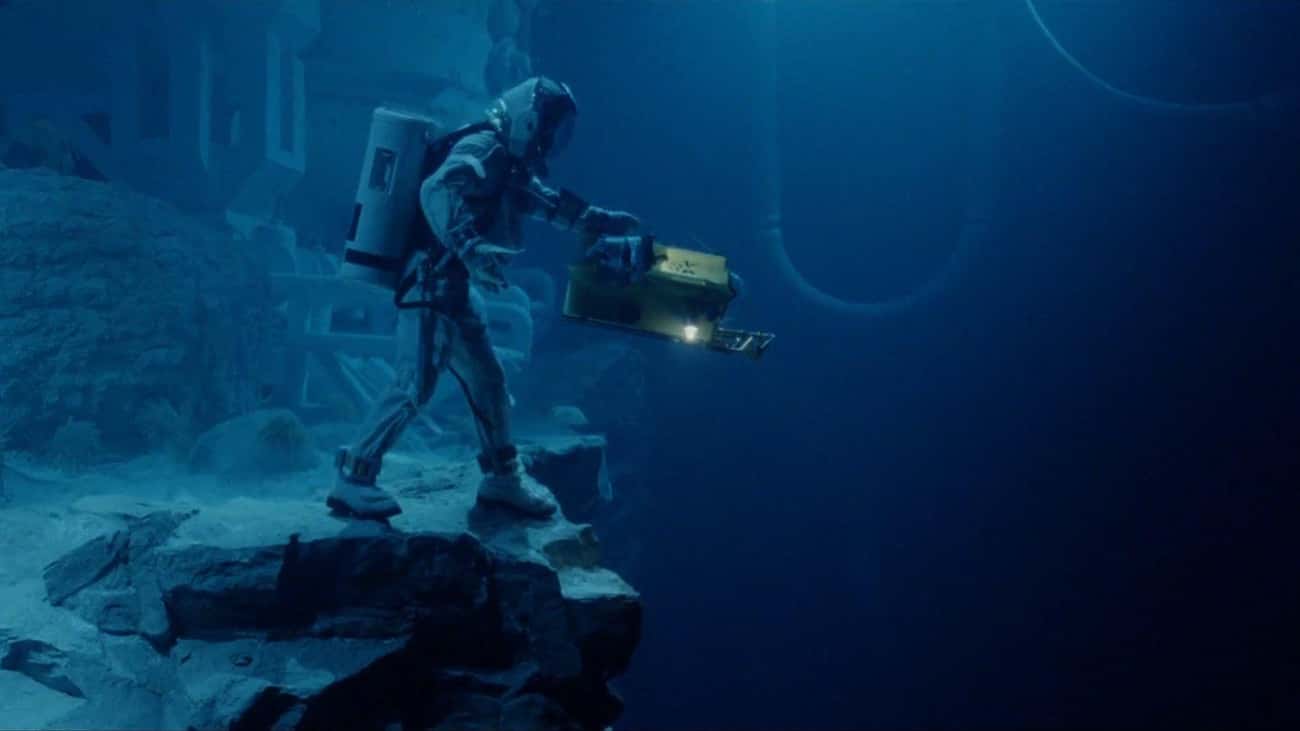 Source: 20th Century Fox
Source: 20th Century Fox
With its perilous diving scenes, leaking submarines, and underwater aliens, the film scratched the right spot for Cameron's underwater itch and required significant technological innovation to satisfy the need for philanthropy. But by all accounts, it was a hell of a movie to shoot. The cast, led by Ed Harris and Mary Elizabeth Mastrantonio, was forced to spend most of the production on a 7 million-gallon water tank. Ed Harris nearly drowned, and both he and Mastrantonio avoid talking about the film to this day. The difficult production went behind schedule and the budget skyrocketed from $33 million to $43 million. Despite its groundbreaking special effects and breathtaking underwater scenes, the film failed at the box office, grossing $54 million domestically. Critics marveled at the technical achievements but denounced it as an "overdone" and "spectacularly silly" film with an absurd ending. It also suffers from time. Two other underwater monster movies, Leviathan and DeepStar Six opened to critical reception and box office revenue earlier that year, boring audiences with the genre. The Abyss remains one of Cameron's lesser-known works, although underwater cinematography is still a discovery 30 years later. The performances are also outstanding, with Harris and Mastrantonio's depiction of a tumultuous marriage both suspenseful and impactful as the perilous drama revolves around them.
#2 Dark City
 Source: New Line Cinema
Source: New Line Cinema
Dark City is set in an unknown time and follows John Murdoch (Rufus Sewell), who awakens in an unfamiliar hotel bathroom with no memory and a dead woman in the bedroom. When he is pursued by tall, shadowy strangers who appear to control the world around them without anyone noticing but Murdoch, he begins to question the nature of reality. When the film was released, critics immediately drew parallels to other films. Dark City is a tribute to classic cinema, with influences ranging from 1927's Metropolis to the manga series Akira and Ridley Scott's Blade Runner. Some reviewers found it incriminating, but famed critic Roger Ebert called it "a triumph" and included it on his list of "Great Movies." Due to poor test screenings, the studio cut scenes and added an infamous voiceover in the opening seconds, which spoiled the plot. According to Proyas, the film "fell through the cracks" as the studio struggled to market it. With a $27 million budget, it only made $5 million in its first weekend.
#3 Event Horizon
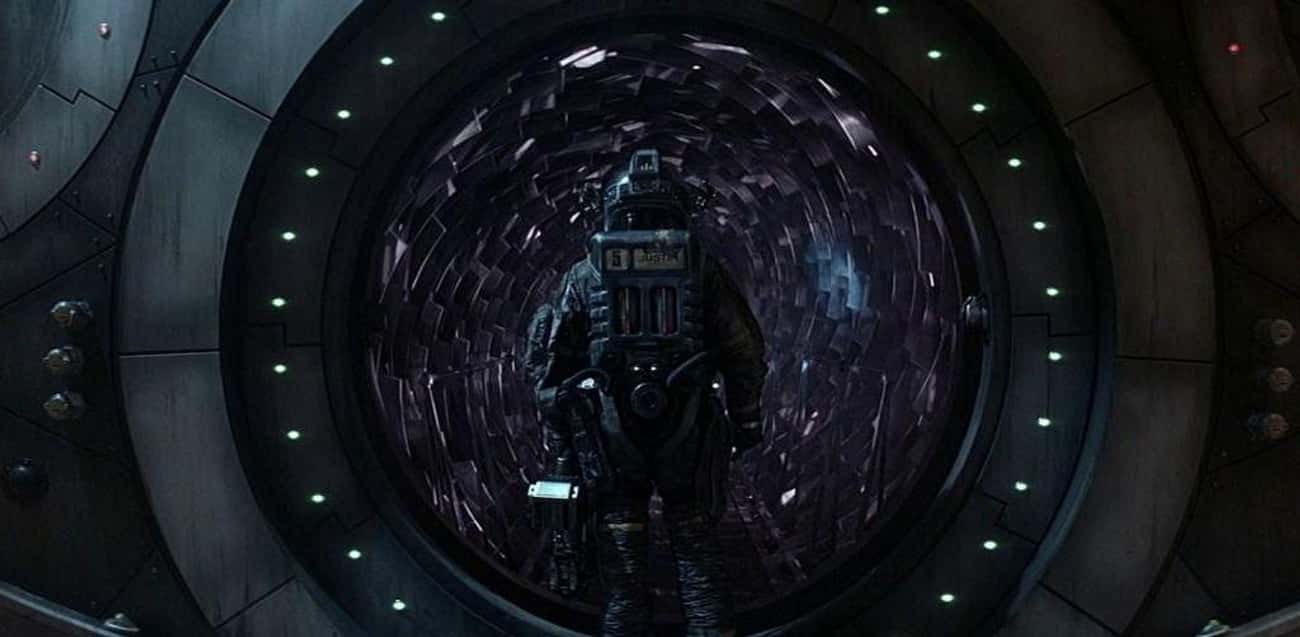 Source: Paramount Pictures
Source: Paramount Pictures
Dark City was cited as an influence for Christopher Nolan's Inception, but the film remains underappreciated. While many critics scoff at the obvious parallels to classic films, the sheer volume of references creates a distinct style all its own. This style also serves a narrative purpose, which is revealed in the final act, demonstrating how production design can be used to serve the plot to stunning effect. However, the film's themes of reality, memory, and the essence of the human soul continue to resonate decades later.
From the beginning of production, the film was plagued by setbacks. When James Cameron's Titanic was delayed, Paramount paid director Paul WS Anderson $60 million and gave him creative freedom to get the film out as soon as possible. His decision to make a sci-fi film that was more reminiscent of The Shining than 2001: A Space Odyssey did not sit well with test audiences, who were so disturbed by the first cut of the film that Anderson had to cut a significant number of scenes. The resulting edit was panned by audiences and critics, who were confused by the genre-bending sci-fi/horror plot and the derivative storyline (it was heavily influenced by films such as 1972's Solaris). Event Horizon grossed only $26 million at the box office, a crushing failure for Paramount.
However, Event Horizon has found new life in the 15 years since its initial release. It is now regarded as an innovative contribution to the genre, thanks to its stunning set design based on Notre Dame Cathedral and committed performances by Laurence Fishburne and Sam Neill. Even its tonal inconsistency is praised, with the film's abrupt third-act transition from cerebral sci-fi thriller to all-out gore-fest remaining one of the most disturbing and visceral depictions of hell depicted on film.
#4 Treasure Planet
 Source: Walt Disney Studios Motion Pictures
Source: Walt Disney Studios Motion Pictures
Based on Robert Louis Stevenson's 1883 novel Treasure Island, the film follows wayward teen Jim Hawkins (Joseph Gordon-Levitt), whose desire for adventure is finally realized when he receives a map of the mythical Treasure Planet. The quest takes him through space with a group of friends that includes a feline ship captain (Emma Thompson), the ship's cook (Brian Murray), and a canine astronomer (David Hyde Pierce). Critics, accustomed to a string of Disney classics, were warm but not effusive, noting that it was a mediocre version of a tired formula. Pixar had already demonstrated the potential of 3D animation in Toy Story and Monsters, Inc., making the familiar 2D Disney style (Treasure Planet combined both 2D and 3D animation) look out of date. The film also coincides with the release of Harry Potter and the Chamber of Secrets, beating Disney's hopes of a decent opening weekend. Costing $140 million, it made just $109 million worldwide.
The combination of classic 2D animation and CGI may have appeared out of date to audiences in 2002, but Treasure Planet's inventiveness is evident 20 years later. It was risky to transform a classic 19th-century seafaring novel into a space-traveling sci-fi adventure, but the filmmakers succeeded by following the "70/30 rule," which called for 70 percent of the design to be based on the 1800s and 30 percent on a sci-fi future. This results in a one-of-a-kind alternate universe filled with space surfboards, steampunk cyborgs, and ships sailing through a rainbow-colored sea of stars. These characteristics, combined with the distinctly early-aughts soundtrack, make Treasure Island both a forgotten time capsule and a timeless classic.
#5 Titan A.E.
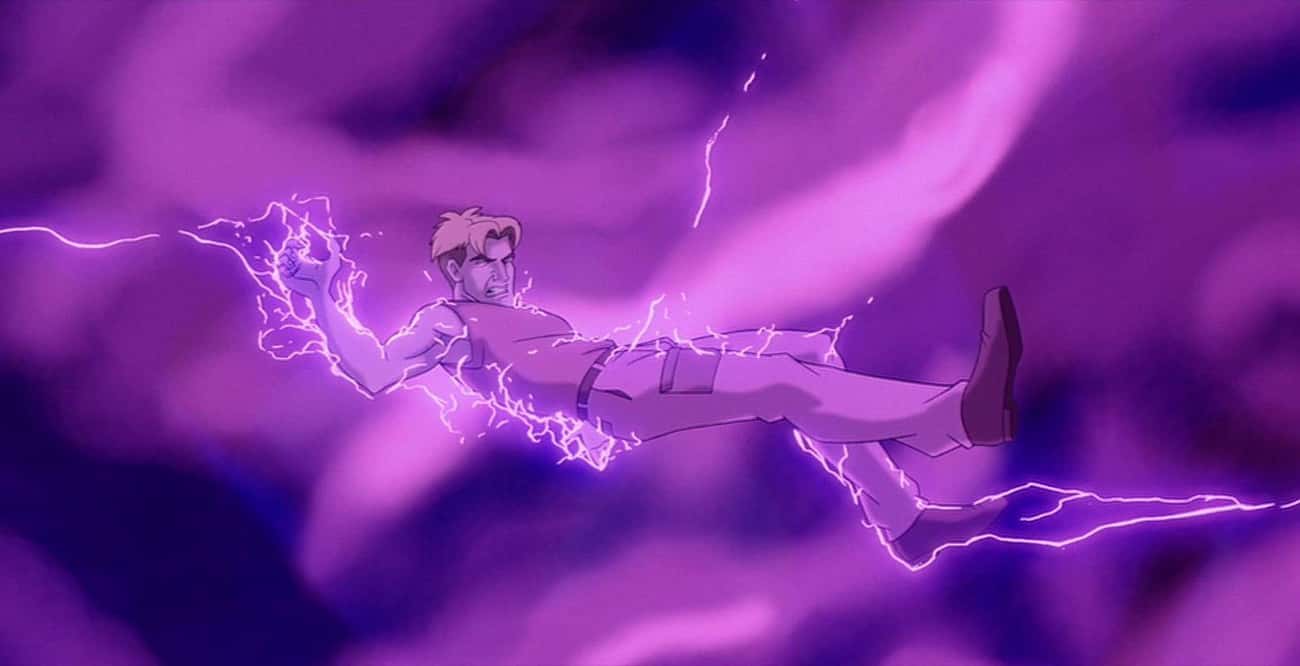 Source: 20th Century Fox
Source: 20th Century Fox
The film, set in the year 3028, begins with Earth being blown to oblivion by an alien race known as the Drej. Cale Tucker, one of the few surviving humans, joins forces with a motley crew of space creatures to locate the Titan, a spaceship built by his late father that is humanity's last hope for survival. Titan A.E. was a bomb that imploded Fox Animation, with a reported budget of $100 million and a box office return of $36 million. Don Bluth and Gary Goldman, the film's directors, have yet to make another Hollywood film.
Even Titan A.E.'s defenders admit that the film is not perfect, but its colossal failure was not entirely due to plot holes and obvious Star Wars parallels. One of the most significant issues was the target audience. Titan A.E. is dark, dystopian, and downright nihilistic, whereas Anastasia was aimed squarely at the Disney crowd, complete with an intrepid princess and musical interludes. Cale, played by Matt Damon, is a jaded teen with daddy issues who repeatedly resists the call to action despite the fact that humanity is on the verge of extinction. It's not a kid's movie, but the adolescent audience wasn't going to see an animated film when they were used to getting their space fixed from live-action.
#6 John Carter
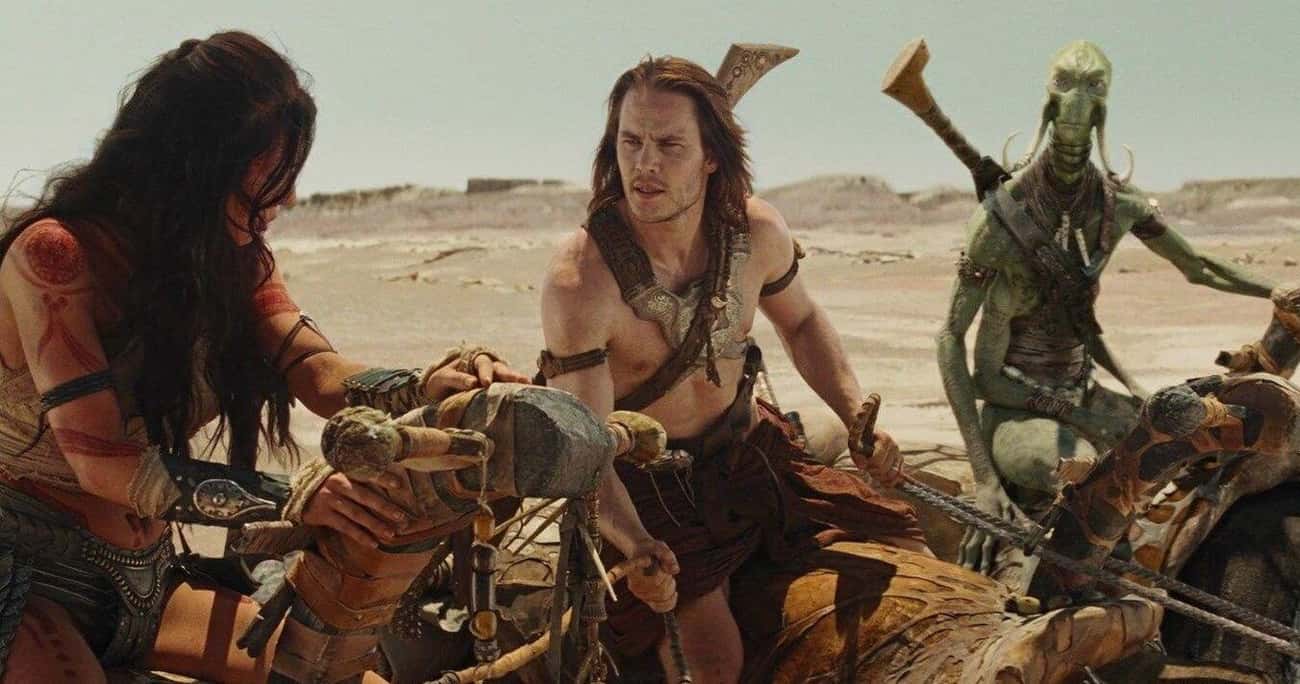 Source: Walt Disney Studios Motion Pictures
Source: Walt Disney Studios Motion Pictures
John Carter is remembered as the floppiest flop of all time, but it was not as poorly received as its reputation suggests. Critics praised its distinct world-building and visually stunning effects. One detractor even argued that the contentious budget was justified, writing, "for once, the money is truly in service of wonder." Ironically, the source material's influence may have contributed to John Carter's lukewarm reception. Burroughs' stories were cited as the inspiration for Star Wars and Avatar by George Lucas and James Cameron, respectively. Everything that made John Carter so innovative had already been done by the time it made it to the big screen.
#7 Strange Days
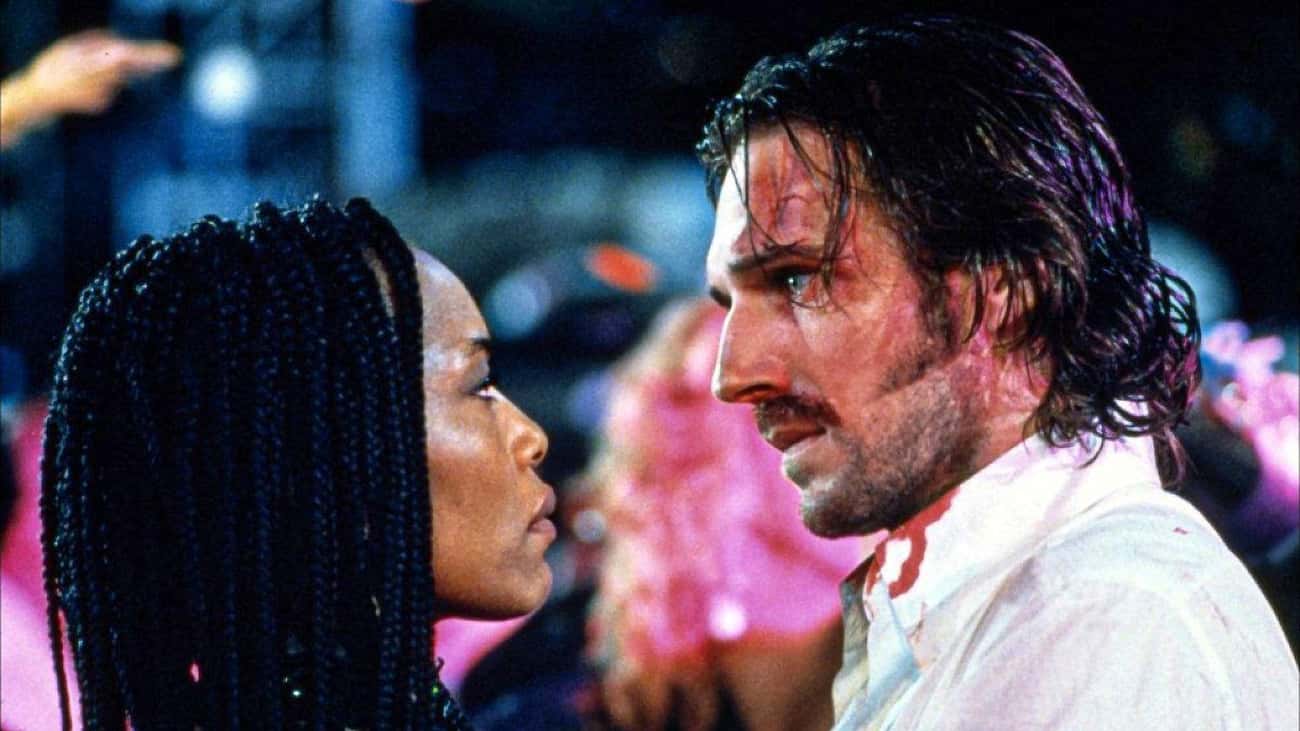 Source: 20th Century Fox
Source: 20th Century Fox
Filmed shortly after Rodney King's uprising and released the day after O.J. Simpson's trial is over, Strange Days reflect the moment as well as predicts what's to come. It was an expensive flop, costing $42 million and earning only $30 million at the box office, and it nearly ended Bigelow's career. Critics were dismissed by its brutality, especially its lengthy first-person rape and murder sequence. One reviewer complained that Bigelow's direction made him feel "beaten and abused". Audiences may have also been so exhausted by the social upheaval at the time that they had no appetite for sitting through a heightened version of what they were already experiencing, especially since the world depicted in the film was portrayed as a post-apocalyptic hellscape. Strange Days deserves more praise and attention than it has received so far, despite its raw violence. Its themes of police brutality, body cameras, and the moral implications of virtual reality are still eerily relevant to the world decades later.
Share this article
Advertisement